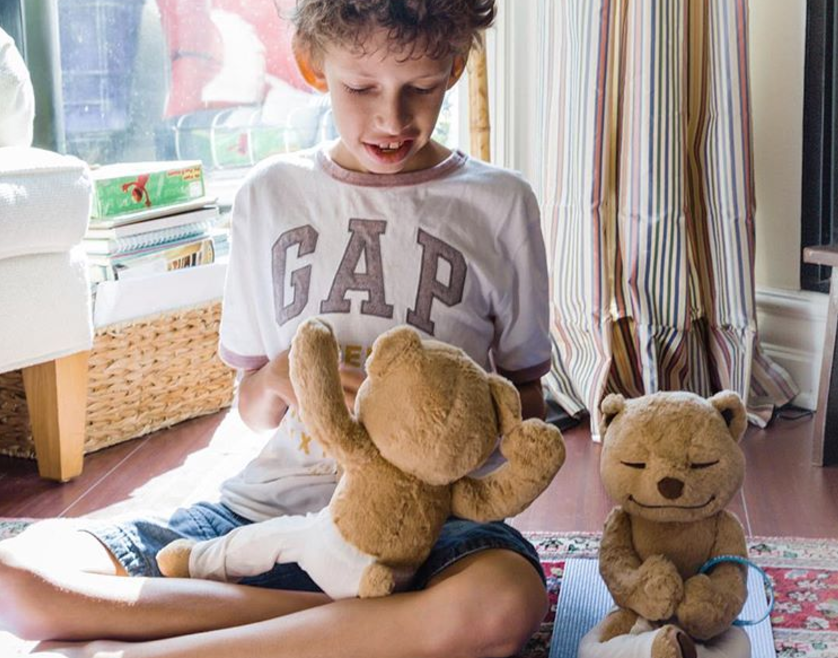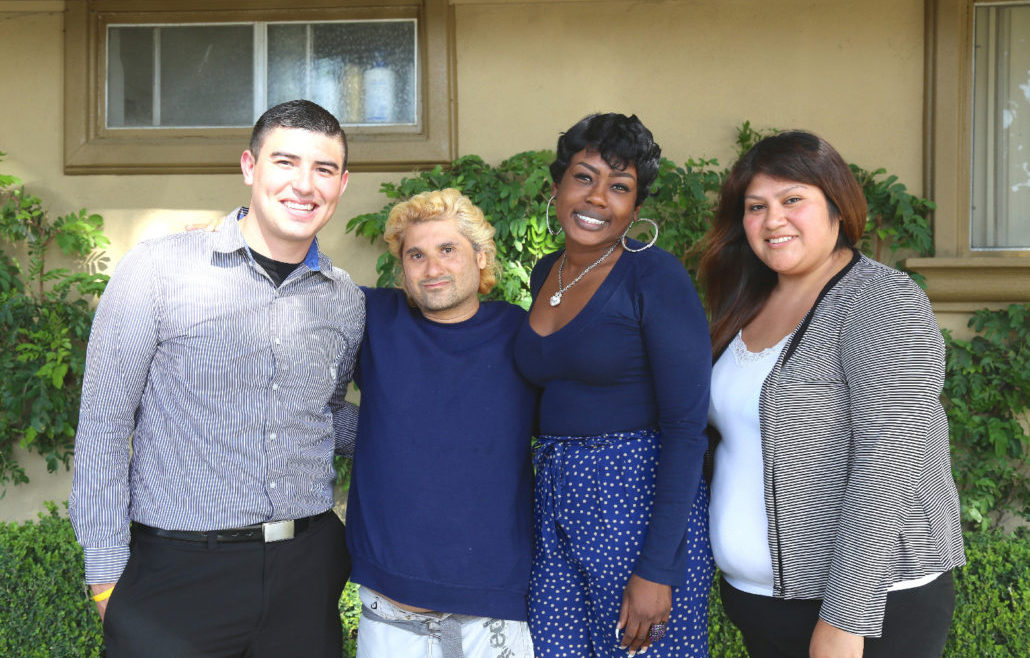Advancements in Behavioral Health Techniques
https://peoplescare.com/wp-content/uploads/2018/06/Benefits-Behavioral-Health.jpg 601 288 People's Care People's Care https://peoplescare.com/wp-content/uploads/2018/06/Benefits-Behavioral-Health.jpgThere exists a common misconception with the terms ‘Behavioural Health’ and ‘Mental Health’, as many believe the two to be interchangeable with one another (1).
While they are not completely dissimilar, Mental Health tends to focus more toward the biological components that affect a person’s mental well being, whereas Behavioral Health is more of an umbrella term for everything that contributes to mental wellness (2).
There are a vast range of techniques and activities that have been adapted for the betterment of those with behavioural health issues (3). From cognitive behavioral therapy (combinations of cognitive and behavioral therapies), aversion therapy (the association of desirable stimuli with that of unhealthy stimuli), to the realms of play therapy (2).
The most popularized of the techniques used in recent years, have been harnessed and made into smaller therapeutic devices – toys and items – used to help support younger audiences who need support with their behavioral health (4).
Developments in play things have given fresh, fuzzy faces to the support of mental health issues are often left stigmatized in society at large. Some take the form of robotized toys like ‘Huggable’ (5), that can help alleviate the anxiety found in hospitalized children. Others, which are more accessible to the general public, can be found in ‘Meddy’.
Meddy Teddy, is a teddy bear that was developed to help kids get into the world of meditation and yoga. It is constructed out of a solid internal frame that helps maneuver the bear into any yoga position imaginable (6). Having a special play toy to meditate and practice yoga with really helps children want to continue practicing this art of mindfulness.
Those working to support people with behavioral health issues should, if they have not already, really look into how meditation and yoga can help channel frustrations and aid sooth the mind a little. A continual effect of meditation really helps achieve a serene sense of mindfulness.
Featured Image – https://shirahvollmermd.wordpress.com/2015/02/23/mental-health-became-behavioral-health-we-lost-our-mind/
- Behavioral health versus mental health. Published by Psychology Today on the 28th of October 2009. https://www.psychologytoday.com/us/blog/promoting-hope-preventing-suicide/200910/behavioral-health-versus-mental-health
- What is behavioral therapy?. Published by Health Line on the 14th of November 2016. https://www.healthline.com/health/behavioral-therapy#types
- Children’s emotional and behavioural well-being and the family environment: findings from the Health Survey for England. A. M. McMunna, J. Y. Nazrooa, M. G. Marmota, R. Borehamb, R. Goodmanc. 2001. https://www.researchgate.net/profile/Anne_Mcmunn/publication/11883388_Children%27s_emotional_and_behavioural_well-being_and_the_family_environment_Findings_from_the_Health_Survey_for_England/links/5a3ce991aca272d2943d9be0/Childrens-emotional-and-behavioural-well-being-and-the-family-environment-Findings-from-the-Health-Survey-for-England.pdf
- Mindful Play from Trendhunter. https://www.trendhunter.com/protrends/mindful-play
- Anxiety-Alleviating Robots. Published by TrendHunter Tech on the 9th of June 2015. https://www.trendhunter.com/trends/robot-teddy
The official site for MeddyTeddy https://www.meddyteddy.com







 Meddy Teddy was started by the Jordan brothers as a way to bring yoga, mindfulness, and meditation to kids. He’s quickly being adapted into the autism and behavioral health field.
Meddy Teddy was started by the Jordan brothers as a way to bring yoga, mindfulness, and meditation to kids. He’s quickly being adapted into the autism and behavioral health field.
